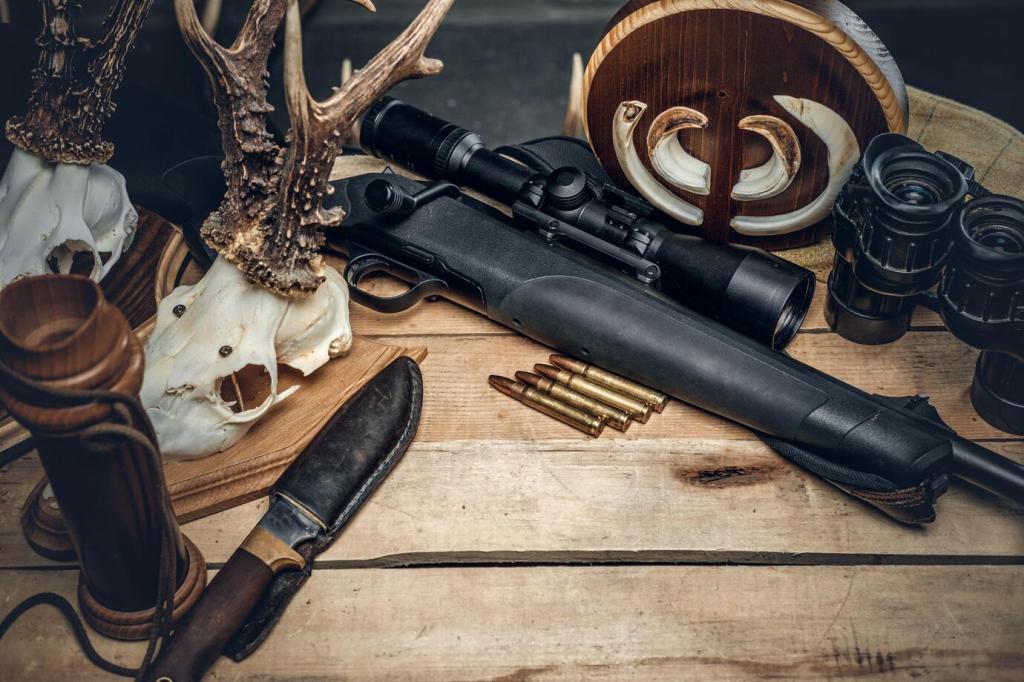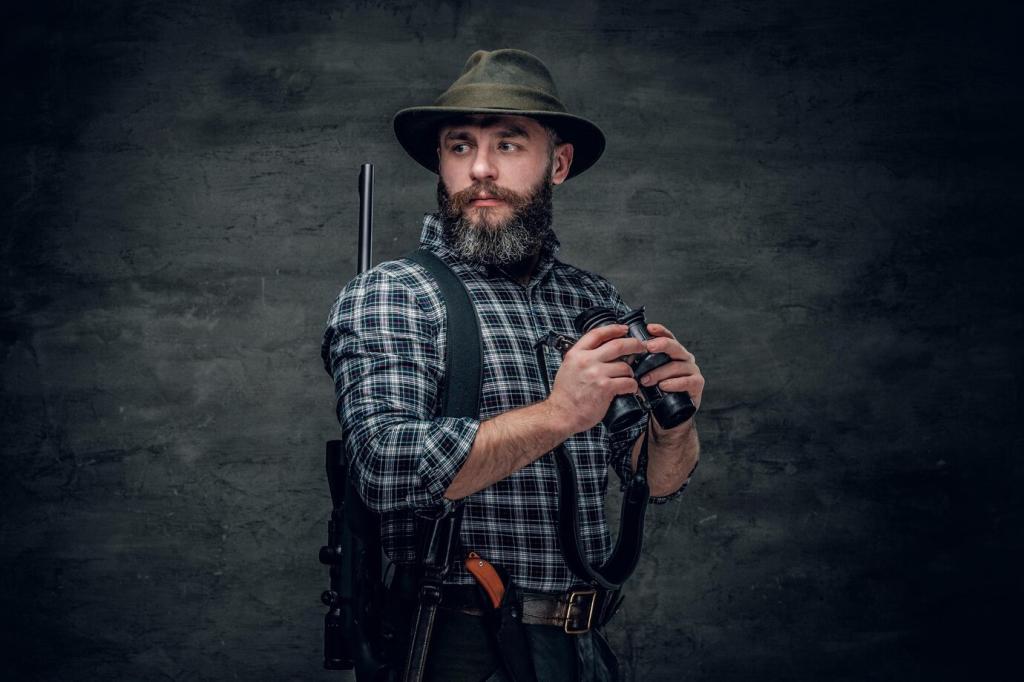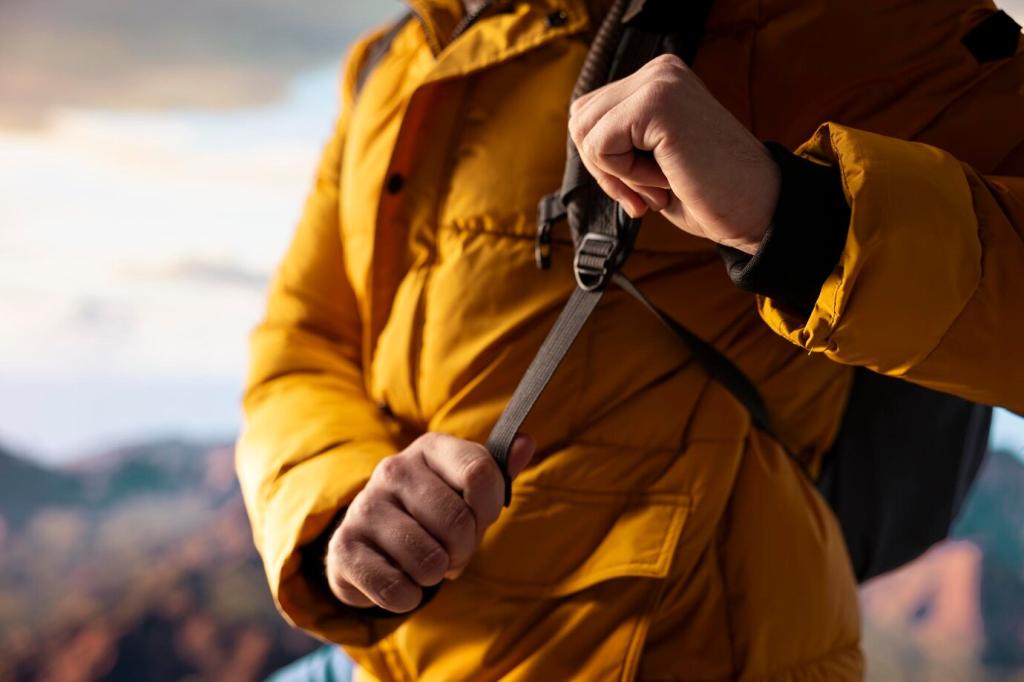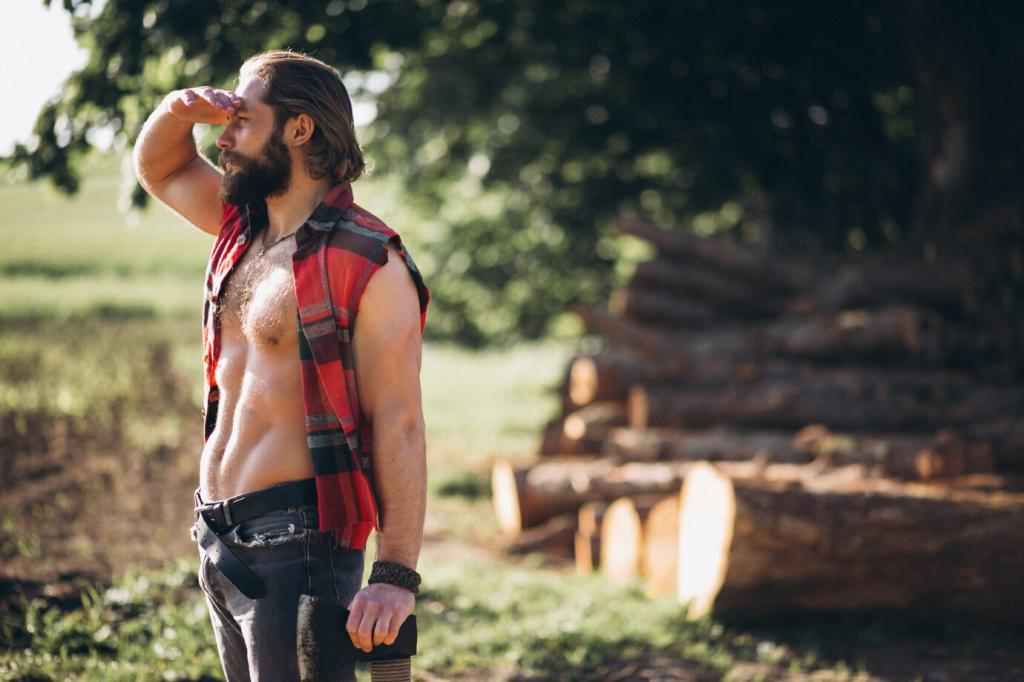
Choosing the Right Camouflage in Wet Conditions
Today’s theme: Choosing the Right Camouflage in Wet Conditions. From slick leaves to mirror-like puddles, rain rewrites the rules of concealment. Learn how to blend, move, and thrive when everything is soaked. Share your tips and subscribe for field-tested insights.
Reflections Flatten Color
In wet environments, reflective surfaces compress the color range, muting highs and deepening lows. Choose desaturated, low-luster tones that mirror dark bark, wet soil, and shadowed reeds. Tell us which palettes have hidden you best in heavy rain.
Gleam and Gloss Deceive the Eye
Drops on leaves create tiny mirrors, while wet fabric can shine unexpectedly. Matte finishes are crucial; avoid glossy buckles and bright stitching. Consider dulling tape or mud smears. Comment with your favorite shine-control hacks for stormy days.
Mist, Fog, and Low Contrast
Fog softens edges and removes detail, so high-contrast patterns become obvious silhouettes. Choose softer transitions and blurred motifs that fade at distance. If you have fog-tested patterns you trust, share a photo or short field note with us.
Color and Pattern Choices That Work When Everything Is Soaked
When rain deepens greens into olive, sage, and near-black, bright tones betray you. Aim for charcoal, peat, and muted moss. A small swatch test in the rain helps. Which muted color combo has saved your stalk or photograph?
Color and Pattern Choices That Work When Everything Is Soaked
Combine large shapes that break up your outline at range with fine textures that disappear up close. Wet reeds, tangled roots, and slick rock demand layered disruption. Post your go-to pattern pairings for marsh banks or flooded trails.
Color and Pattern Choices That Work When Everything Is Soaked
Coastal estuaries lean toward gray-green; forested bogs press into brown-black; alpine runoff brightens stone. Calibrate to your locale. Bring a pocket reference or phone snapshots to compare. What regional wetland palette works best for you?



Layering for Comfort Without Compromising Concealment
Breathability Matters More in the Wet
Sweat inside a shell ruins camouflage by forcing you to fidget. Use wicking base layers, breathable midlayers, and vented shells. Open pit zips during lulls. Share your favorite venting strategy that lets you stay still without steaming up.

Movement, Tactics, and Fieldcraft in Wet Terrain
Use heavier rainfall to mask footsteps and fabric noise. Freeze during lulls when drips slow and sound carries. Plan micro-movements between gusts. What timing tricks help you reposition unseen when the clouds start to rumble?
Stand beside dark logs, shadowed banks, or cattail walls that hide shine and shape. Kneel on a pad to avoid fidgeting on cold mud. Share your favorite natural blinds that stay effective once everything is soaked and reflective.
Rain can suppress scent but amplifies footprints and mud trails. Step on hard edges, stones, or root mats. Manage heat signature by limiting exertion. Which wet-terrain footprints have given you away, and how did you adapt next time?

Optics, Cameras, and Glass
Use matte rain covers, anti-fog wipes, and dull tapes on bright rings. A lens hood reduces stray reflections from puddles. Comment with your wet-weather glass routine and any clever hacks for keeping optics clear and inconspicuous.
Weapons, Tripods, and Hard Edges
Hard lines pop in rainy light. Wrap with non-glare tape, rubberized sleeves, or fabric skins. Silence rattles before they echo under a tin sky. What wrapping method has made your gear disappear against slick, rain-darkened backgrounds?
A Rainy Marsh Lesson
One dawn, a hunter’s jacket blended perfectly, but his glossy stock shone like a signal from a distant puddle. A quick mud rub and reed wrap fixed it. Share your own rainy-day save and help others learn faster.
